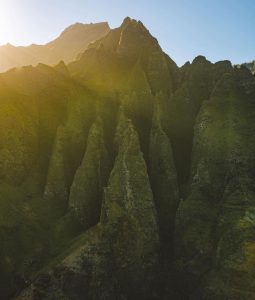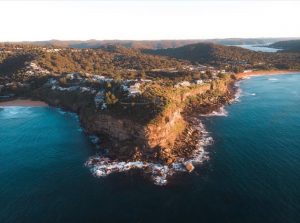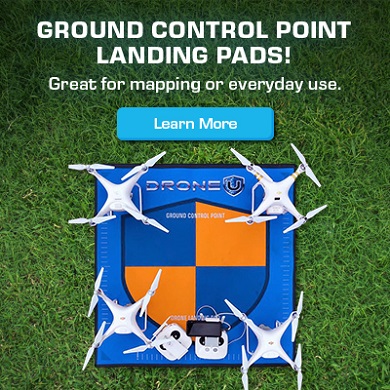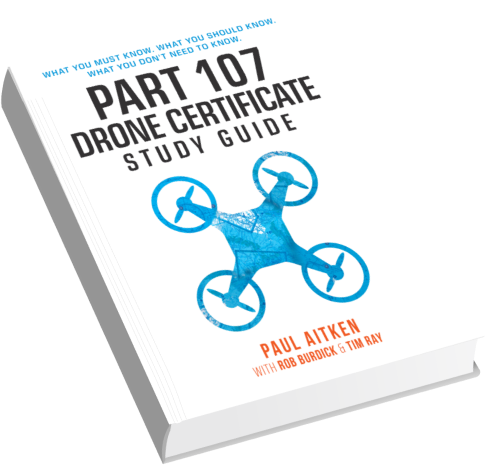Today, we talk about MOAs and restricted airspace. Austin called in with a near-collision story and wants to know if he was in the wrong.
I contract my services out to an oil and gas company just south of San Antonio, where there are a lot of beautiful rolling hills. Normally, I do photogrammetry and surveying data, but today I was getting a cinematic shot of a pipeline. Before I got my bird in the air, I checked the airspace and found myself smack-dab on the border of two MOAs. Upon doing some digging, I found that both MOAs were active during the time that I wanted to fly. The minimum operational altitude of the one closest to me was 8,000 feet and the one that I was going to be flying into was 7,000 feet.
I figured, “Okay, I’ve covered my bases and made sure to be out of their airspace. Everything’s good”. However, once I was in the air shooting, not very much time went by before I started hearing jets behind me. When I turned around, I saw two jets flying very low to the ground, only 400 or 500 feet off the ground. They were coming up behind me heading straight toward my drone. Obviously, I yield right away and lose altitude as quickly as possible.
It was a very scary and interesting experience. I imagine that those jets were trying to fly below the MOA, as well, and were just skimming the ground to take a look at the pipeline stuff. Thankfully, no one got hurt.
Honestly, it sounds like Austin did everything right. However, many pilots make simple mistakes that get them into dangerous situations. In order to avoid violating airspace regulations and potentially damaging your drone, it is important to understand the difference between MOAs and restricted airspace. Remember, military pilots have the right to fly to their heart’s content. Luckily, you can always check NOTAMs or use an airspace app to see the traffic in your area.
Glad you made it out alive, Austin! Keep flying safe!
P.S – Our friends at Videoblocks are currently offering a “Triple Bundle” package, which gives you full-access to copyright-free video, audio and images for only $149 per year! Make sure to check them out!
Get your questions answered: https://thedroneu.com/.
If you enjoy the show, the #1 thing you can do to help us out is subscribe to it on iTunes. Can we ask you to do that for us really quick? While you’re there, leave us a 5-star review, if you’re inclined to do so. Thanks! https://itunes.apple.com/us/podcast/ask-drone-u/id967352832.
Follow Us
Site – https://thedroneu.com/
Facebook – https://www.facebook.com/droneu
Instagram – https://instagram.com/thedroneu/
Twitter – https://twitter.com/thedroneu
YouTube – https://www.youtube.com/c/droneu
Get your copy of “Livin’ the Drone Life” – //amzn.to/2nalUDH
Get your copy of our Part 107 Study Guide – //amzn.to/2omQatT
Timestamps
- [02:44] Today’s question revolves around MOA’s and restricted airspace
- [04:42] Can you fly in MOA’s? Is there a difference between MOA’s and restricted airspace?
- [05:00] Can military air crafts go dark and fly without lights in MOA’s?
- [06:01] Can you see manned traffic on the new upgraded DJI Go app?
- [06:42] Is it likely that you will have to fly above 300 feet on a drone job?
- [07:34] How are MOA’s and restricted areas depicted on sectional air charts?

























